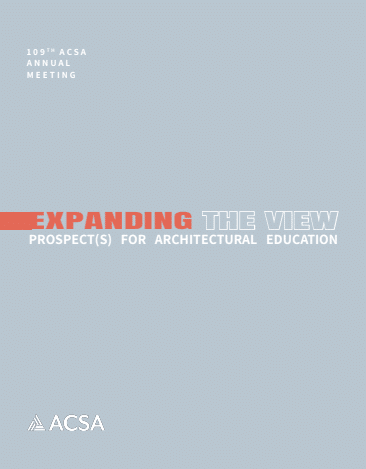Author(s): Ming Hu, Madlen Simon, Spencer Fix, Edward Bernat & Anthony Vivino
The objective of this experimental project is to develop, test, and validate a data-driven neuroscience approach, using virtual environments with electroencephalogram (EEG) and event-related potential (ERP) approaches. The goal is to provide objective neurophysiological information about how people respond to built environments and how sustainable buildings (SBs) impact people differently compared to conventional buildings (CBs). The hypotheses are centered on assessing for increased visual engagement with the SBs (views of external natural environment and internal spatial arrangement). The core framework is based on the idea that greater engagement with the built environment will enhance mindfulness (greater focus on the present environment), which will reduce stress and increase engagement with present-focused tasks. We employed both conven¬tional time-domain and more advanced time-frequency analyses to assess brain activity while participants engaged in the environments.
https://doi.org/10.35483/ACSA.AM.109.33
Volume Editors
ISBN
978-1-944214-37-1

 Study Architecture
Study Architecture  ProPEL
ProPEL 
